Imagine a city where cobblestones glow with centuries-old secrets, where golden spires reach for the sky, and where every shadow might be hiding remnants of a forgotten magic. Welcome to Prague, a city that hums with mystery and pulses with the strange marriage of science and sorcery. Here, ancient laboratories hide behind gothic facades, skeletons dangle in candlelit crypts, and the line between fact and legend is as thin as a whisper on the night breeze. For anyone who’s ever wondered whether the world’s greatest discoveries began with a spell or a formula, Prague is the place where answers—and more questions—are waiting around every corner.
The Golden Lane: Alchemists’ Alleyway
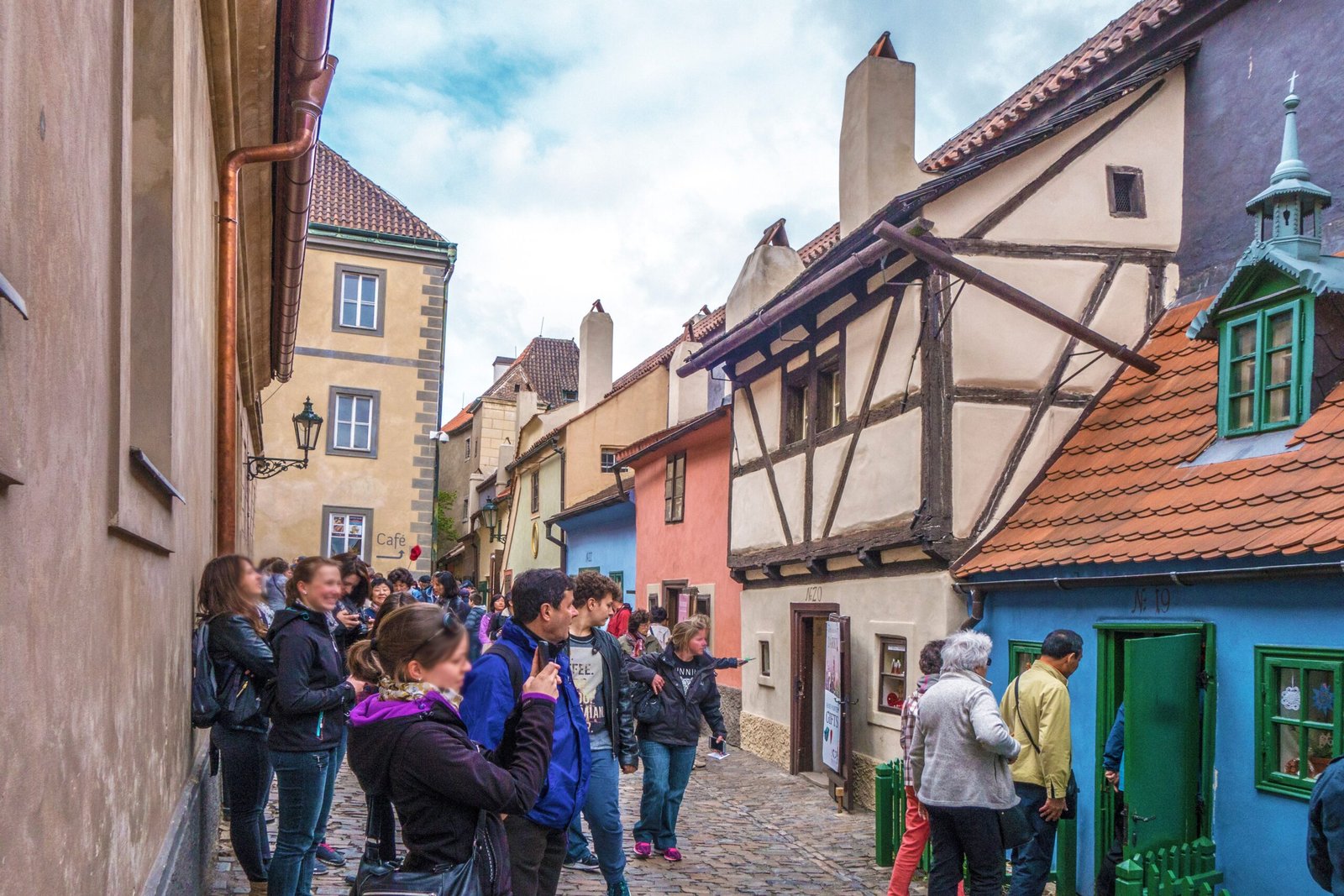
Tucked beneath Prague Castle, the Golden Lane looks like something out of a fairy tale, but it’s this tiny street that once housed the city’s most notorious alchemists. The pastel-colored cottages here were home to those who dared to chase the secret of turning lead into gold. These bold experimenters—equal parts scientists, dreamers, and risk-takers—mixed strange powders and rare metals, hoping to unlock the mysteries of the universe. Today, visitors can duck inside the preserved workshops, peering at bubbling glass vials and cryptic manuscripts that hint at the city’s obsession with transformation. There’s a palpable energy in the air, a sense that some experiment just finished—or is maybe still going on in secret. It’s easy to imagine the whispers of kings and the desperation of those seeking immortality or endless riches echoing through the stone walls.
Tycho Brahe and the Astronomers of Prague
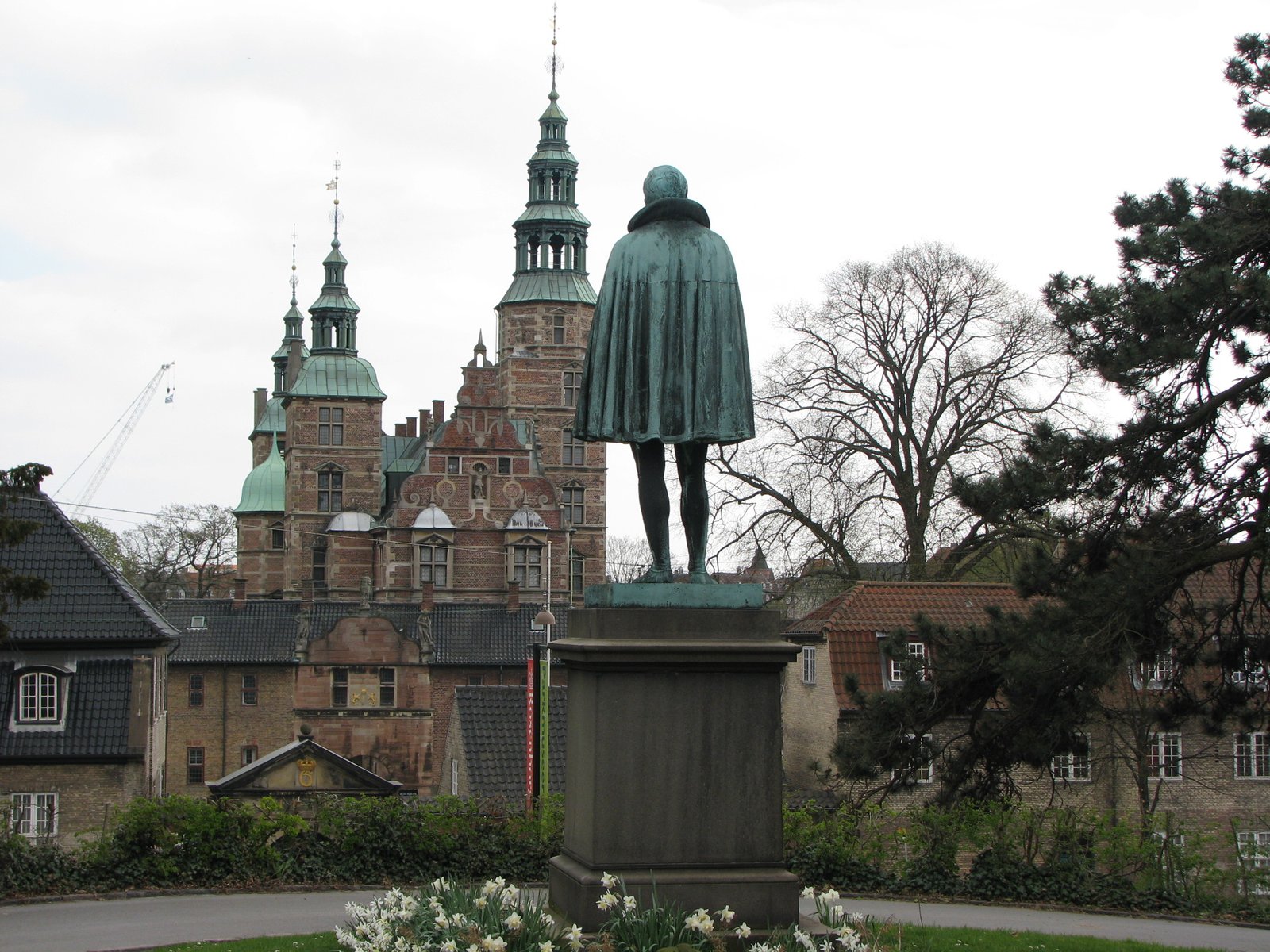
Prague’s history is written in the stars, thanks in no small part to the Danish astronomer Tycho Brahe. In the late 16th century, Brahe was summoned to Prague by Emperor Rudolf II, who was hungry for knowledge and the supernatural alike. Brahe’s astronomical instruments, some as large as playground swings, filled his observatory atop the city’s hills. He mapped the heavens with astonishing precision, blending mathematics with a touch of mysticism that was fashionable at the imperial court. Legend says Brahe sported a prosthetic nose of silver and gold—an emblem of the city’s blend of science and spectacle. The astronomer’s legacy can still be felt in Prague’s observatories, where stargazers gather to marvel at the same night sky he once charted with trembling hands and wild hope.
John Dee: The Queen’s Magician in Prague
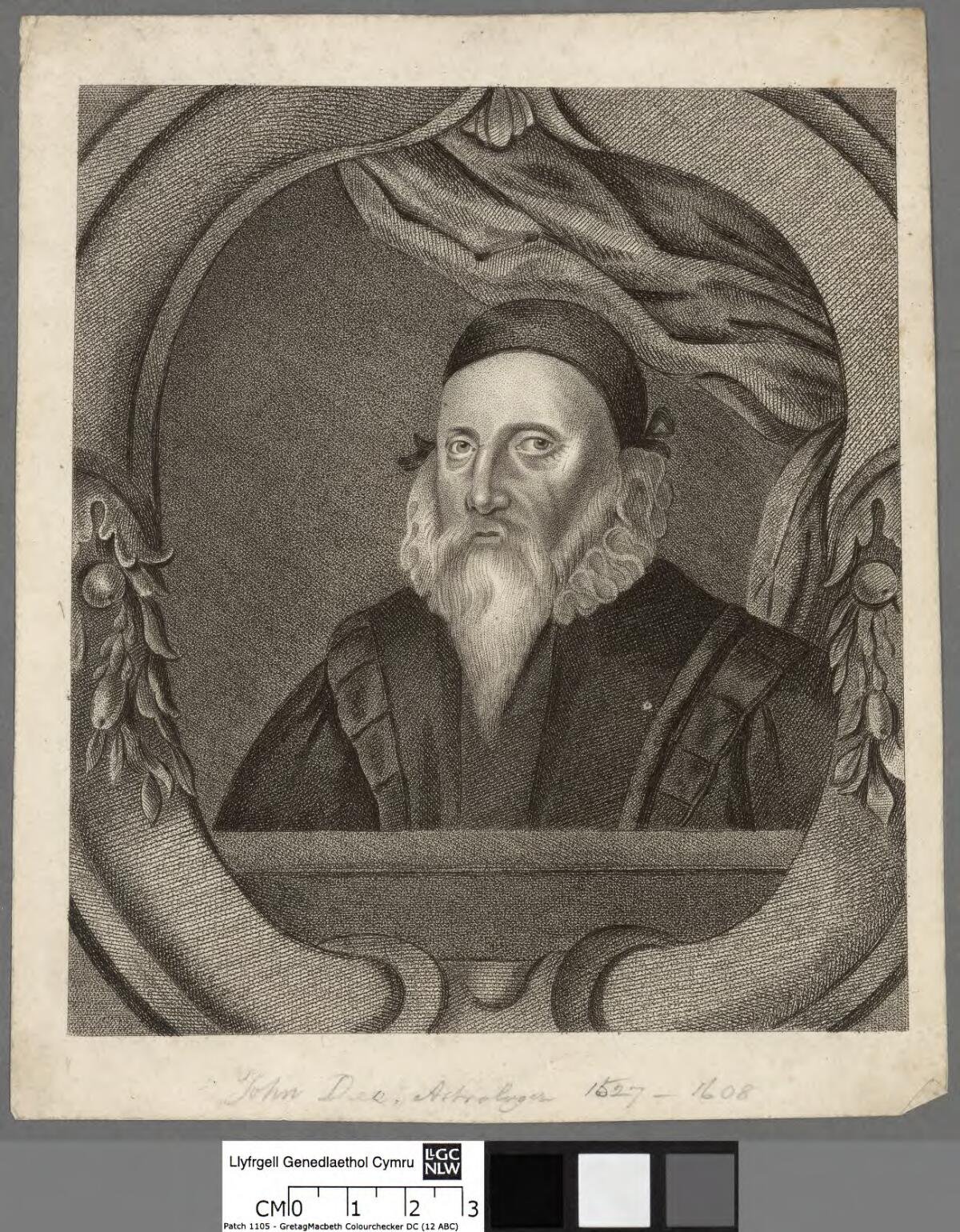
Few figures embody Prague’s magical allure quite like John Dee, the famed English mathematician, astrologer, and advisor to Queen Elizabeth I. Dee arrived in Prague with his enigmatic companion, Edward Kelley, in search of the Philosopher’s Stone—the ultimate prize for any alchemist. The duo dazzled Emperor Rudolf II with their claims of angelic communication and promises of hidden wisdom. Dee’s diaries, scribbled with cryptic symbols and coded messages, still baffle scholars today. Some say he uncovered cosmic truths in Prague’s labyrinthine streets; others insist he was simply a skilled showman. Either way, his time in the city forever cemented Prague’s reputation as a crossroads of science and sorcery.
The Skeletons Beneath: Prague’s Bone Churches
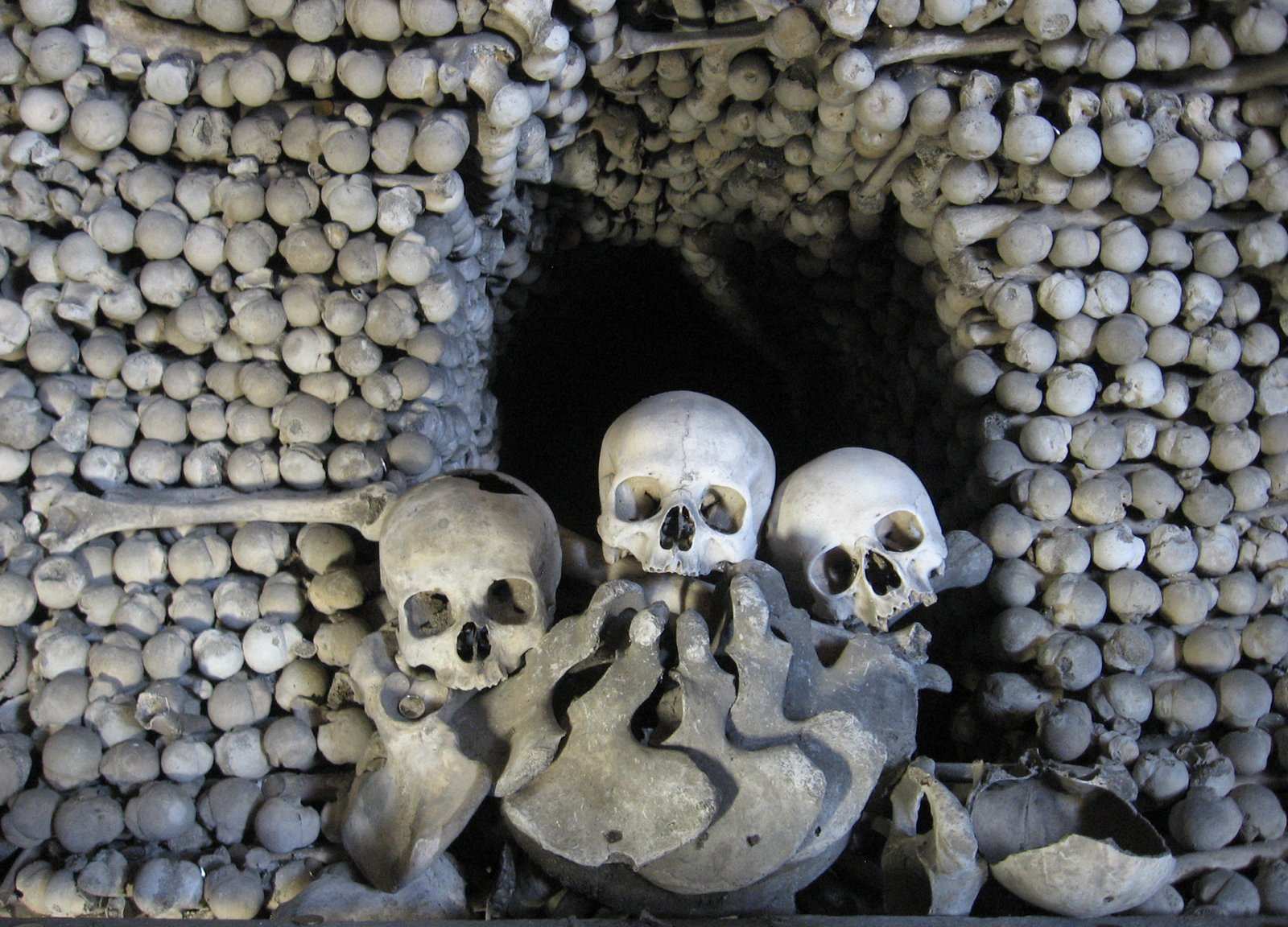
Beneath the city’s bustling squares lies another world—a realm of silence and bone. The Sedlec Ossuary, just outside Prague, is perhaps the most famous of these macabre monuments. Here, the remains of more than 40,000 souls have been arranged into stunning, eerie displays: chandeliers made of femurs, coats of arms fashioned from skulls, and garlands of bones hanging like garish party decorations. These bone churches are not just tourist attractions; they’re reminders of how Prague has always danced on the edge of life and death, science and superstition. The careful arrangement of remains speaks to both a reverence for the dead and a fascination with the mechanics of mortality.
Rudolf II: The Mad Emperor’s Cabinet of Curiosities
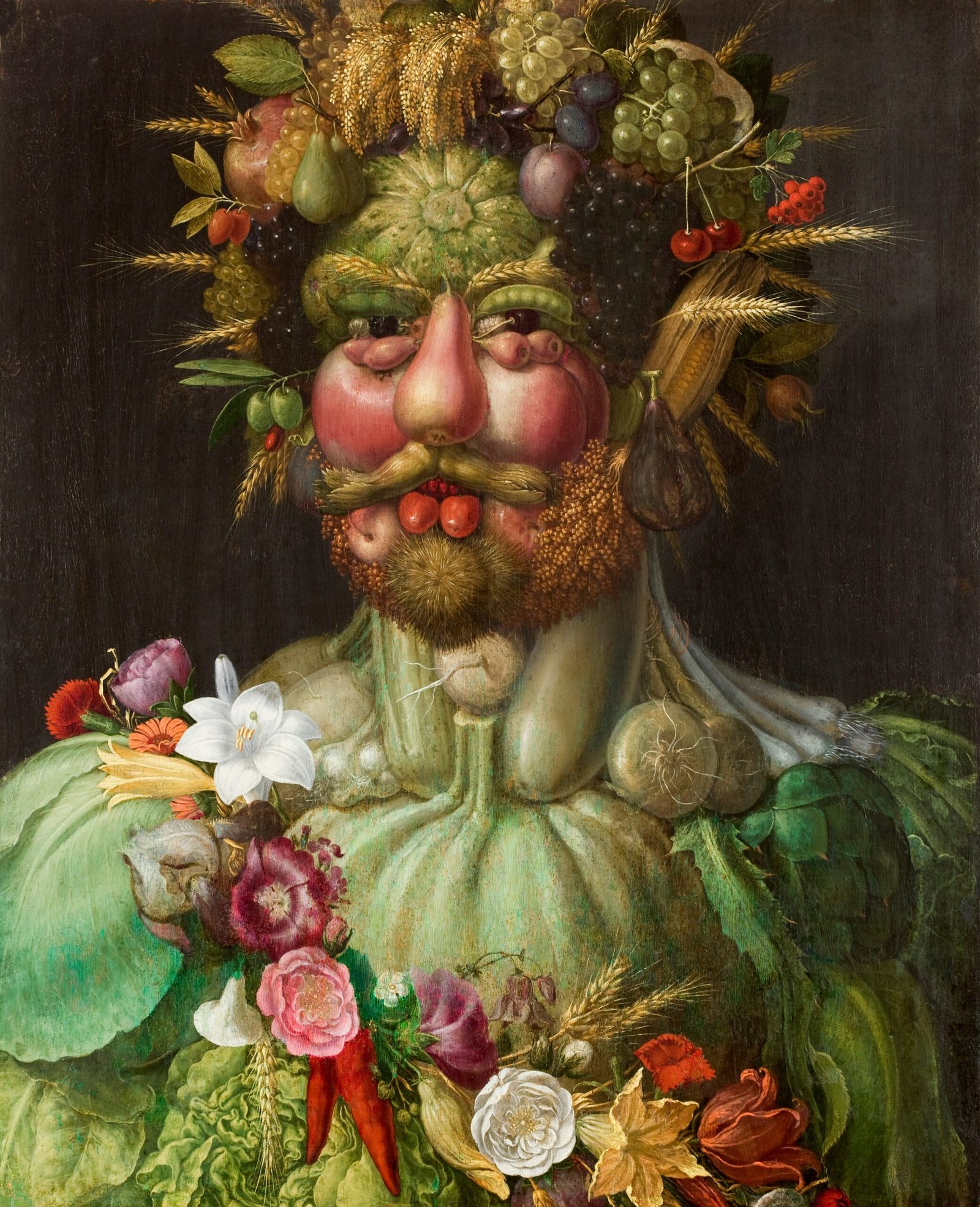
Rudolf II, Holy Roman Emperor and self-declared patron of the strange, turned his Prague court into a living cabinet of curiosities. His palace overflowed with oddities: shrunken heads, mechanical birds, and astronomical devices that looked like props from a steampunk movie. Rudolf’s appetite for knowledge was matched only by his obsession with the mystical—he invited alchemists, astrologers, and natural philosophers from all over Europe to share their secrets. Some of the greatest minds of the age, like Johannes Kepler, found both refuge and inspiration in his court. The emperor’s legacy is a city where the boundaries of science are always being pushed—and sometimes gleefully ignored.
Kabbalah and the Golem: Magic in the Jewish Quarter
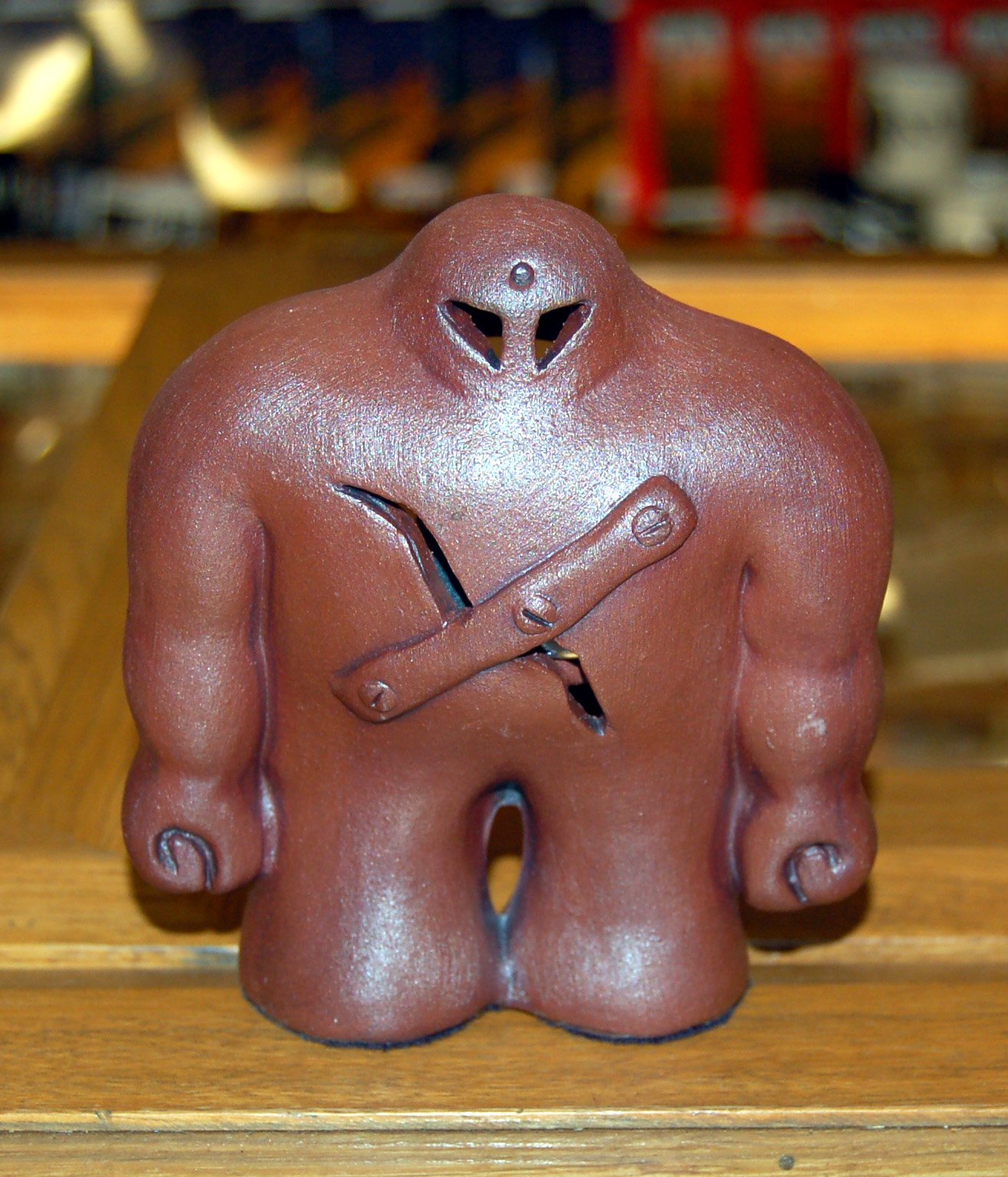
In Prague’s Jewish Quarter, legend collides with history in the tale of the Golem—a creature said to have been formed from clay by Rabbi Judah Loew to protect the city’s Jews from persecution. According to the story, the Golem was animated by secret words and controlled by mystical rituals rooted in the Kabbalah, a centuries-old tradition of Jewish mysticism. While the Golem itself may be a myth, the Jewish Quarter is filled with signs of real-life scientific and magical inquiry: ancient synagogues lined with mysterious symbols, libraries packed with coded manuscripts, and stories of scholars devoted to both faith and reason. The Golem’s story reminds us that, in Prague, the line between magic and science is always shifting.
The Faust House: A Real-Life Laboratory of Legend

On the edge of Prague’s New Town stands the infamous Faust House, a place steeped in shadow and rumor. Over the centuries, the house has been home to alchemists, physicians, and would-be magicians, each adding their own twist to its legend. Locals whisper that strange lights flicker in its windows at night, and that the walls themselves hold echoes of forbidden experiments. The legend of Dr. Faust—who allegedly sold his soul for knowledge—has become inseparable from the building’s identity, making it a symbol of Prague’s willingness to chase the unknown, no matter the cost.
The Astronomical Clock: Mechanics and Mysticism
Prague’s Astronomical Clock, perched on the Old Town Hall, is more than just a timepiece—it’s a marvel of engineering, art, and cosmic symbolism. Built in 1410, the clock tracks not only the hours but also the movement of the sun, moon, and stars. Every hour, crowds gather to watch its elaborate display of mechanical apostles and allegorical figures. Behind the spectacle lies a deep fascination with both the visible and invisible forces governing our world. The clock’s creators blended mathematical precision with mystical imagery, reflecting Prague’s enduring belief that science and sorcery together can unlock the secrets of time itself.
Alchemy Towers and Secret Laboratories
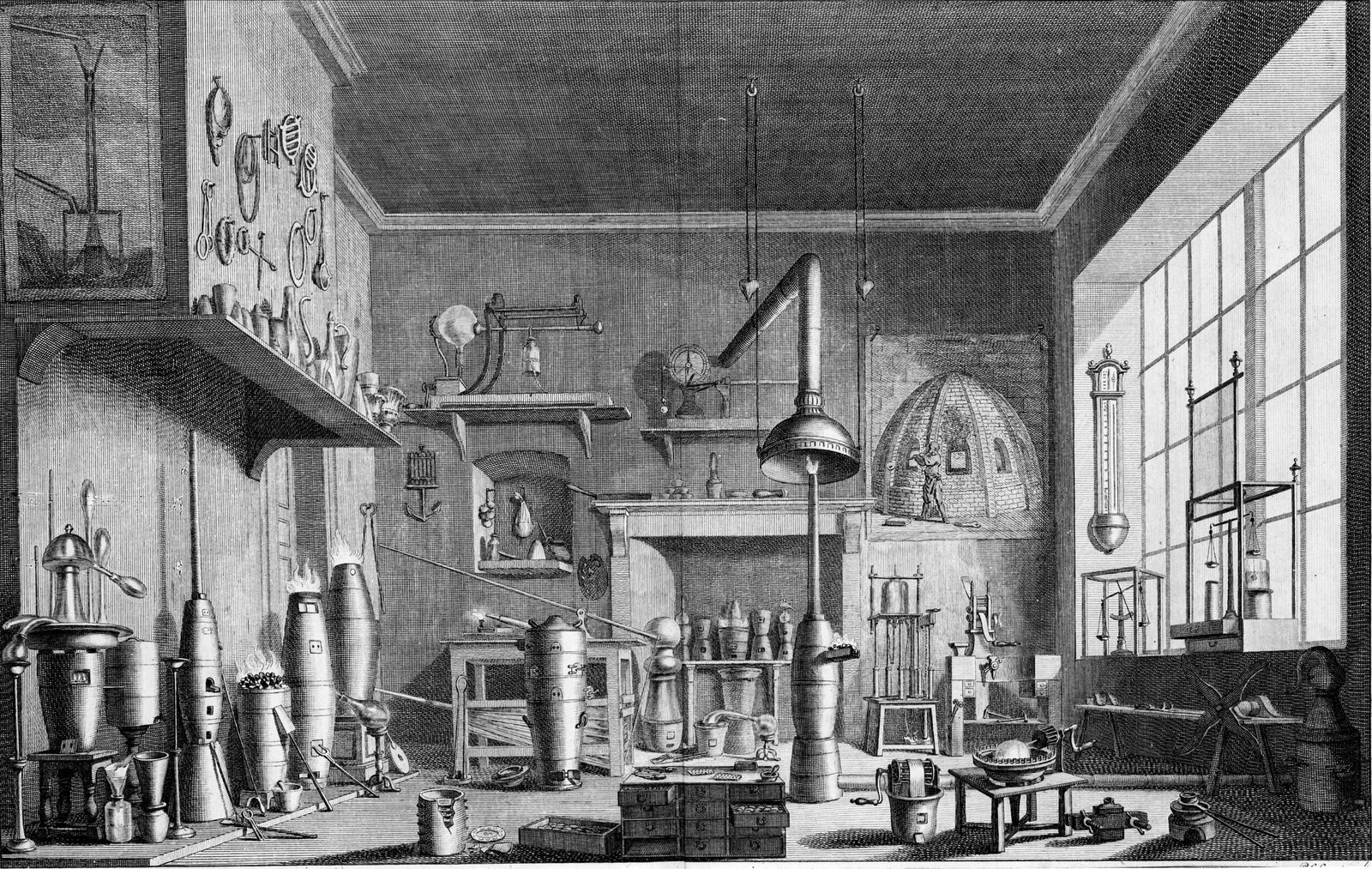
Scattered across Prague are towers and hidden chambers where alchemists once toiled in secrecy. The Mihulka Powder Tower, for example, was more than a defensive structure—it doubled as a clandestine laboratory where imperial alchemists experimented with new substances. Visitors today can see reconstructed workshops filled with retorts, alembics, and strange-looking furnaces. These spaces are a testament to the city’s role as a crucible for both real scientific breakthroughs and wild, fevered dreams. The line between genius and madness often blurred within these stone walls, fueling discoveries that still shape our world today.
The Charles Bridge: Statues and Superstitions
Walking across the Charles Bridge is like strolling through a living gallery of saints, scholars, and sinners—each statue has its own story, many rooted in the mystical. Some figures are said to bring good luck if you touch them; others are rumored to be haunted by the spirits of those who tried (and failed) to unlock the secrets of the universe. The bridge itself, built in the 14th century, was supposedly constructed using eggs mixed into the mortar—a strange blend of local superstition and medieval engineering. The bridge stands as a testament to how magic, myth, and science can all find a place in the heart of a city.
Johannes Kepler: Laws of the Cosmos Born in Prague

Prague was where Johannes Kepler, one of history’s greatest astronomers, unraveled the laws of planetary motion. Working under the patronage of Rudolf II, Kepler used Tycho Brahe’s meticulous observations to craft the equations that would eventually revolutionize our understanding of the cosmos. Kepler’s story is one of perseverance against personal tragedy and professional resistance. The city’s unique blend of open-mindedness and eccentricity gave him the freedom to chase the truth, no matter how strange it seemed. His discoveries remind us that scientific breakthroughs often emerge where tradition and innovation collide.
The Chemistry of Color: Medieval Pigments and Potions
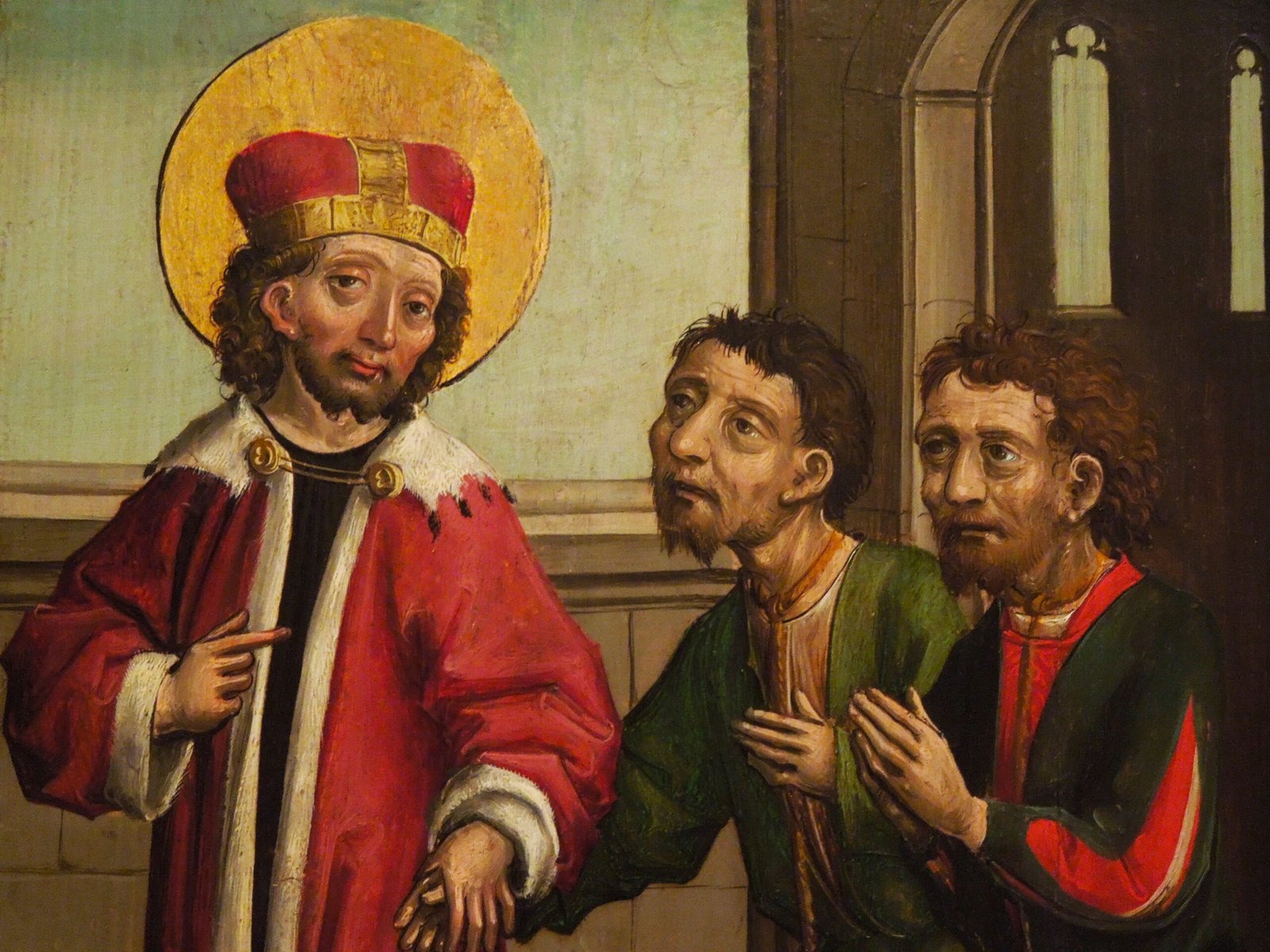
Prague’s medieval artists and alchemists had more in common than you might think. Both groups were obsessed with color—painters sought the brightest hues for their masterpieces, while alchemists experimented with minerals and chemicals to create new pigments. Many of the city’s vibrant frescoes and stained glass windows were made possible by alchemical advances in chemistry. Even today, conservators use scientific techniques to analyze and restore these artworks, uncovering the recipes for colors that have lasted centuries. The pursuit of beauty and the quest for knowledge have always gone hand-in-hand on Prague’s winding streets.
Spirits and Science: Prague’s Haunted Laboratories
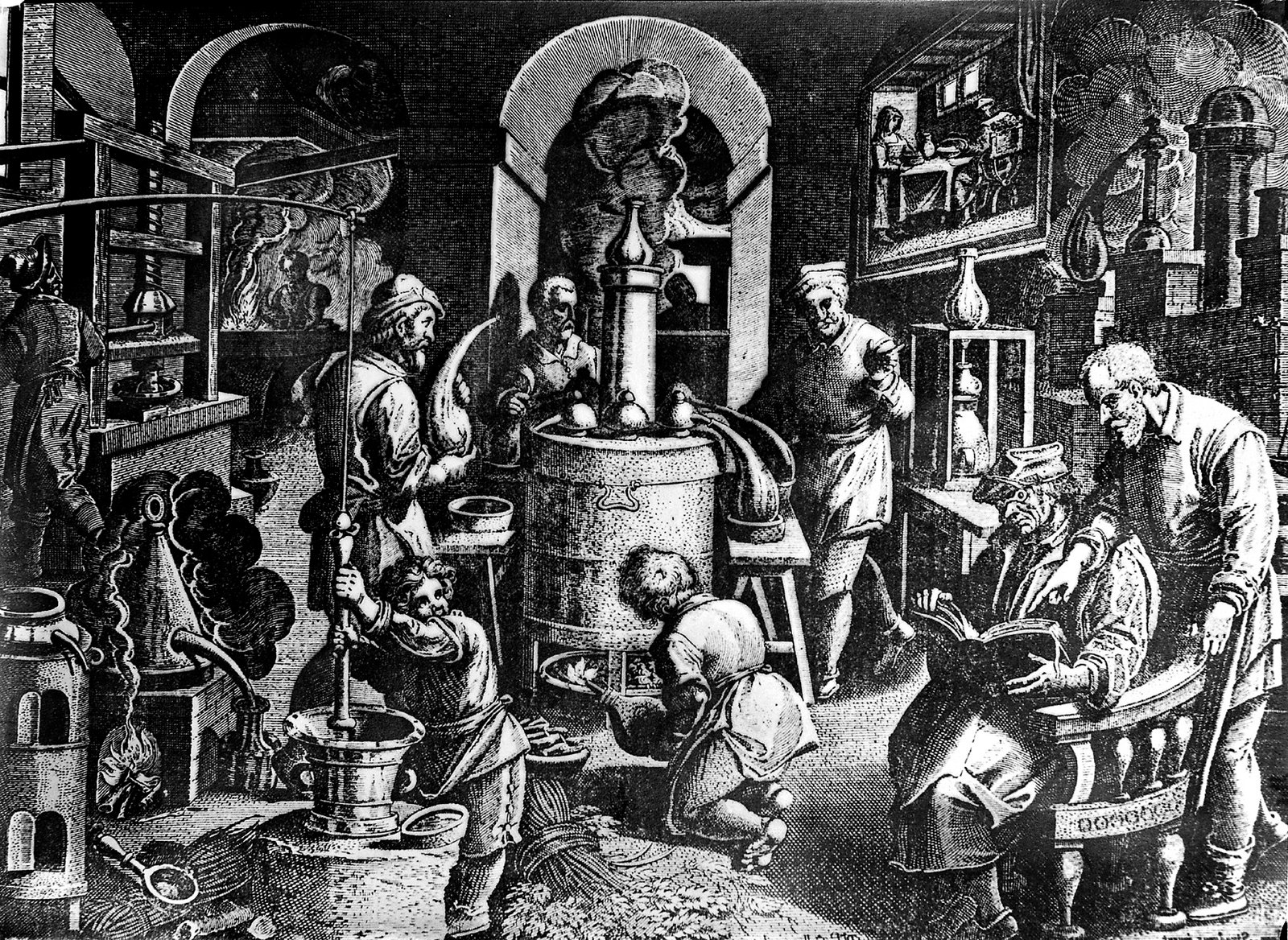
It’s impossible to talk about Prague’s scientific legacy without acknowledging its ghosts—both literal and metaphorical. Stories abound of laboratories haunted by the restless spirits of failed experimenters, their ambitions lingering in the air like a faint chemical aroma. Some say that the city’s unique geography, with its twisting alleys and hidden courtyards, makes it the perfect place for both scientific breakthroughs and supernatural encounters. Whether you believe in ghosts or not, it’s hard to deny the atmosphere of suspense and anticipation that pervades Prague’s scientific sites. Here, every discovery feels a little bit magical.
Herbal Lore and Healing: Prague’s Ancient Apothecaries
Long before modern pharmacies, Prague’s apothecaries blended herbs, roots, and minerals into potions that promised relief—or even miracles. These early chemists were equal parts scientist and sorcerer, drawing on centuries of folk wisdom and experimentation. Many of the city’s old pharmacies, like the one in the House at the Golden Tiger, still display jars of dried plants and mysterious powders. Today, herbal medicine is enjoying a renaissance, with researchers exploring the scientific basis for remedies once considered magical. In Prague, the tradition of healing is as old as the stones in its streets.
The Prague Manuscript Mysteries
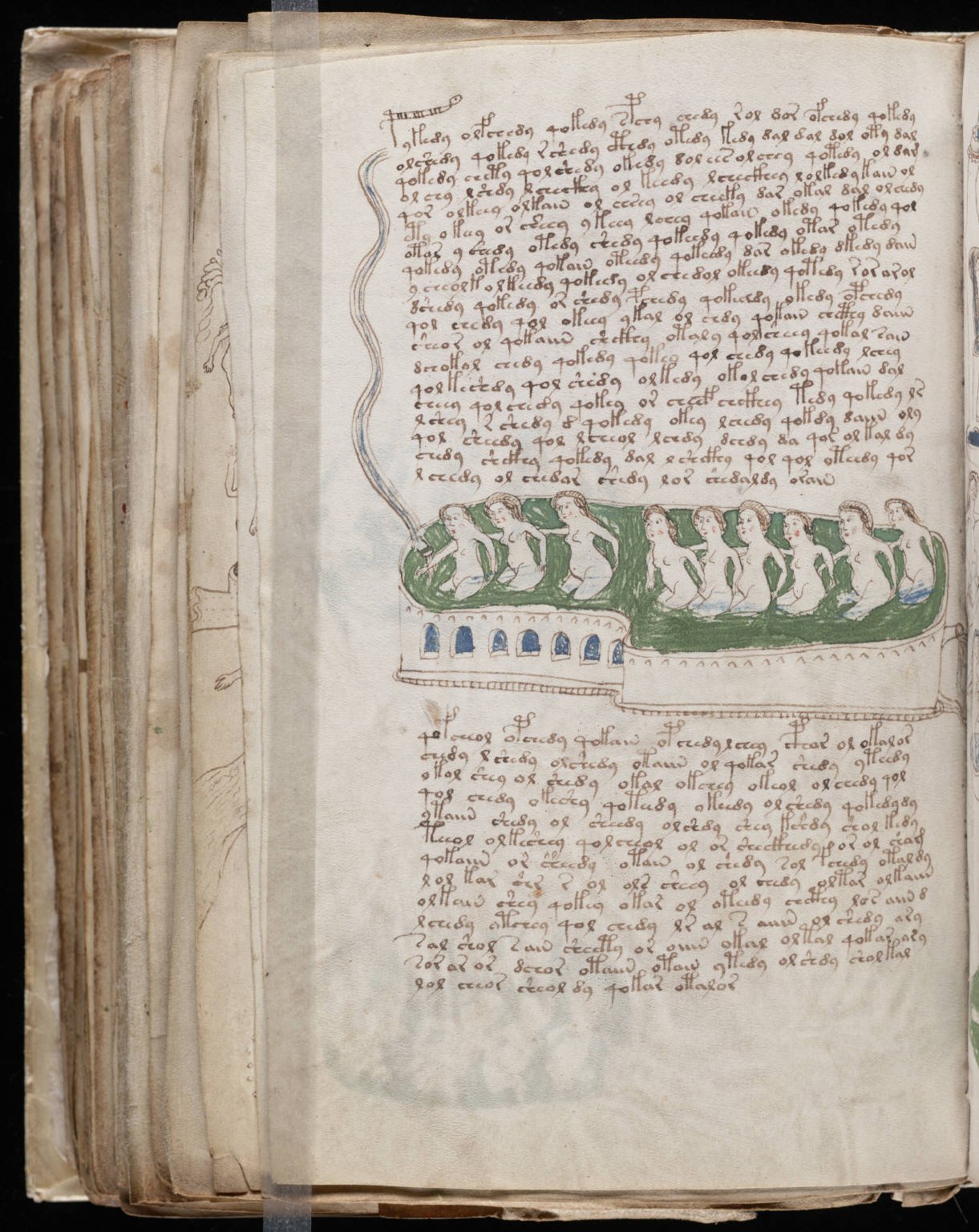
Deep within the city’s libraries lie manuscripts brimming with secrets. The most famous is the Voynich Manuscript, a book filled with bizarre illustrations and indecipherable text that has baffled codebreakers for centuries. Some believe it’s an alchemical treatise or a guide to medicinal plants; others think it’s an elaborate hoax. The manuscript’s origins and purpose remain a tantalizing mystery, a symbol of Prague’s enduring allure for those who crave the unknown. Scholars continue to pore over its pages, hoping to unlock its secrets with the tools of science—and perhaps a little luck.
Prague’s Plague Years: Science Against Superstition
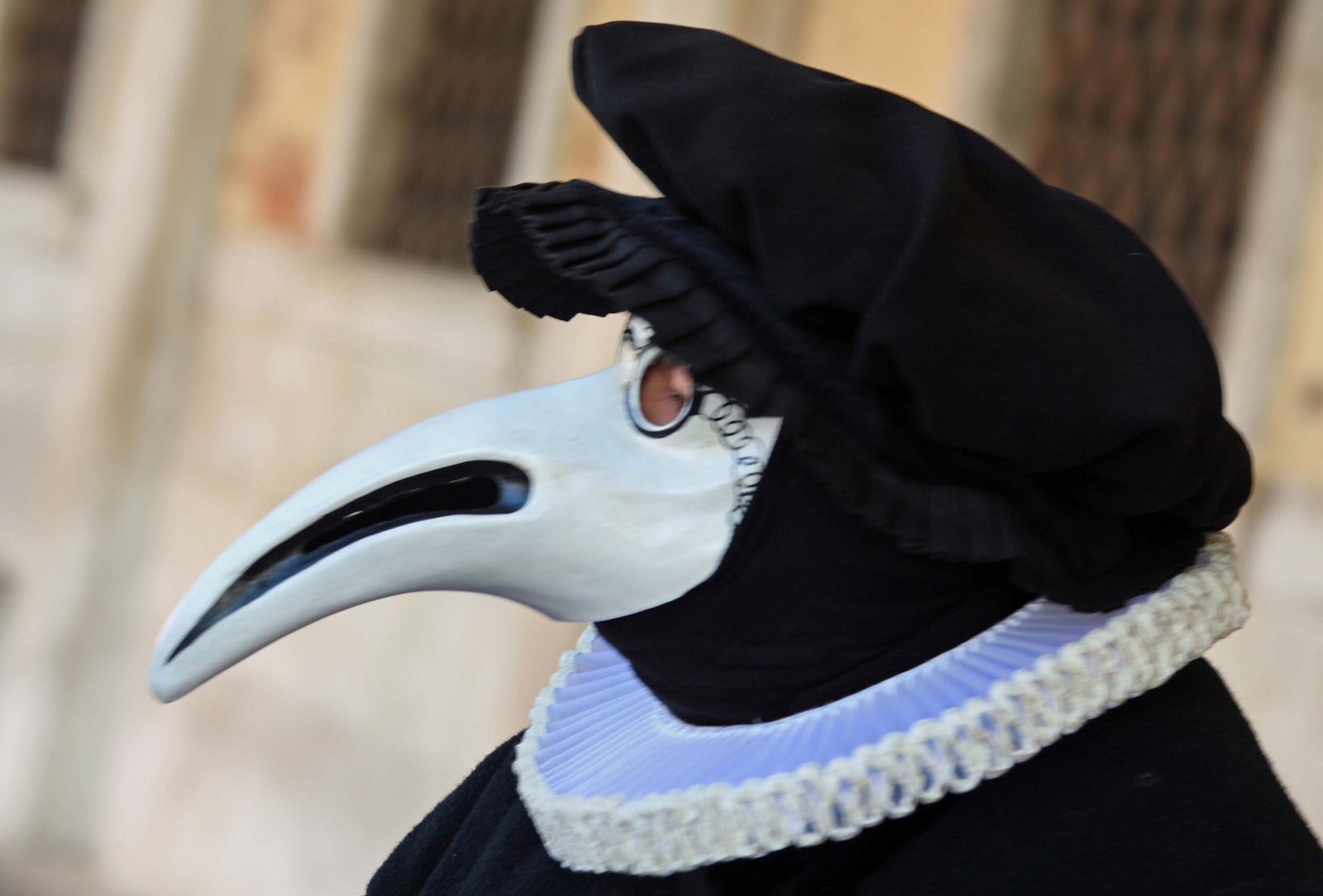
When the Black Death swept through Prague, the city’s response blended science, superstition, and desperation. Physicians wore beaked masks stuffed with aromatic herbs, believing they could ward off disease. At the same time, people turned to prayer, charms, and ritual as protection. The city’s public health measures—quarantines, burial practices, and mass burnings of contaminated goods—were among the most advanced of their time. Yet, fear and misunderstanding ran rampant, a reminder of how thin the line between rationality and panic can be. Today, Prague’s plague columns and memorials stand as silent witnesses to the city’s ongoing struggle to balance knowledge and belief.
Modern Science in a Magical City

Prague isn’t just a city of ghosts and legends—it’s a vibrant hub of modern science. The city hosts world-class universities, cutting-edge research institutes, and a thriving community of inventors and innovators. Researchers in Prague are pushing the boundaries of genetics, nanotechnology, and artificial intelligence, even as they draw inspiration from the city’s alchemical past. Walking through Prague today, you’ll see students debating quantum mechanics in centuries-old cafes, blending the wisdom of the ancients with the promise of the future. In this city, old magic and new science are two sides of the same gleaming coin.
The Lasting Spell of Prague
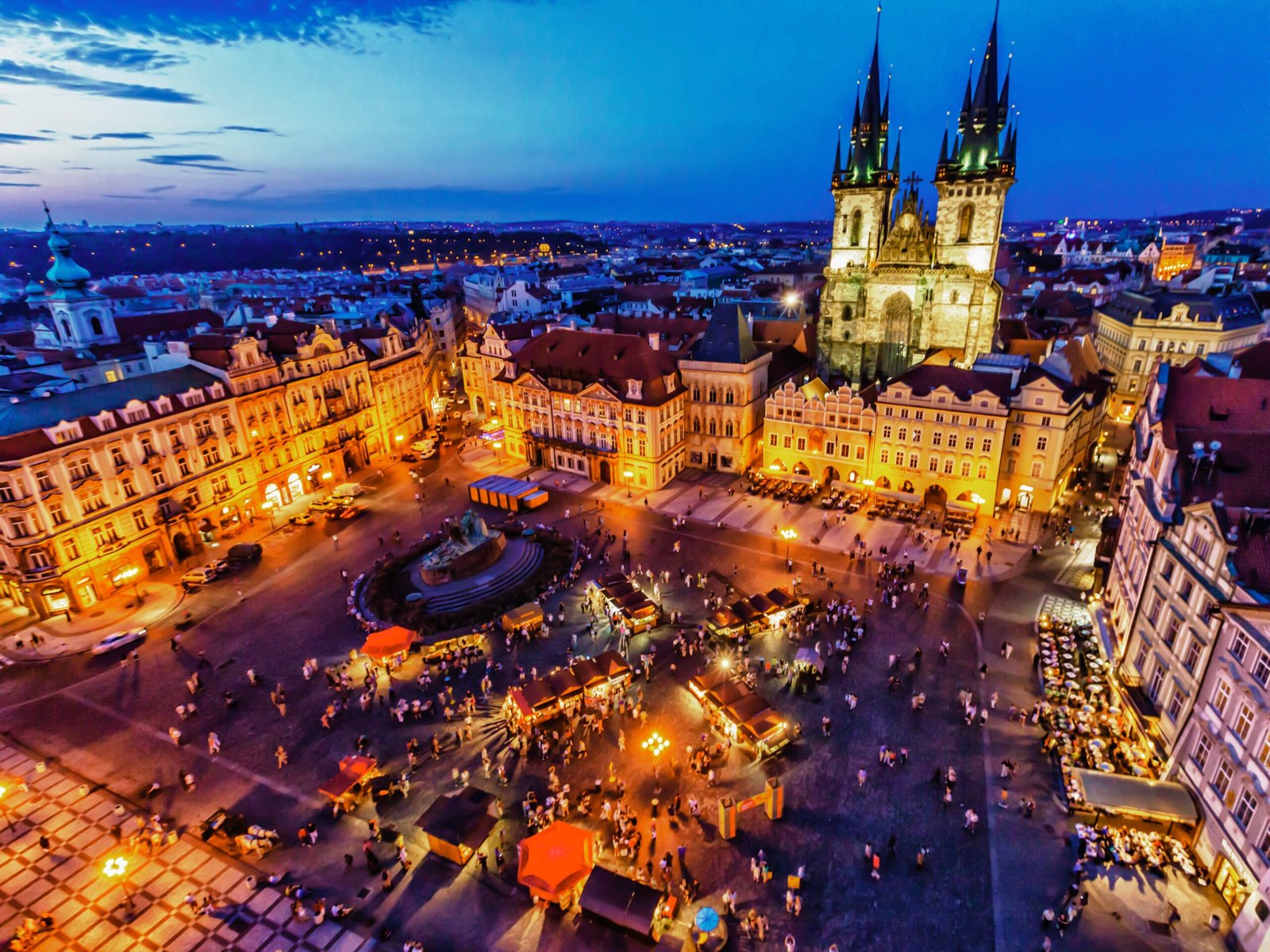
Prague is a city that refuses to choose between science and sorcery, logic and legend. Instead, it embraces both, weaving them together into a tapestry that’s as enchanting as it is enlightening. Whether you come for the history, the haunted crypts, or the promise of discovery, you’ll find yourself caught in the city’s spell. The spirit of curiosity, risk, and wonder that animated Prague’s alchemists and astronomers lives on in its streets, its people, and its endless mysteries. Isn’t it amazing how a single city can hold so much magic and reason at once?




